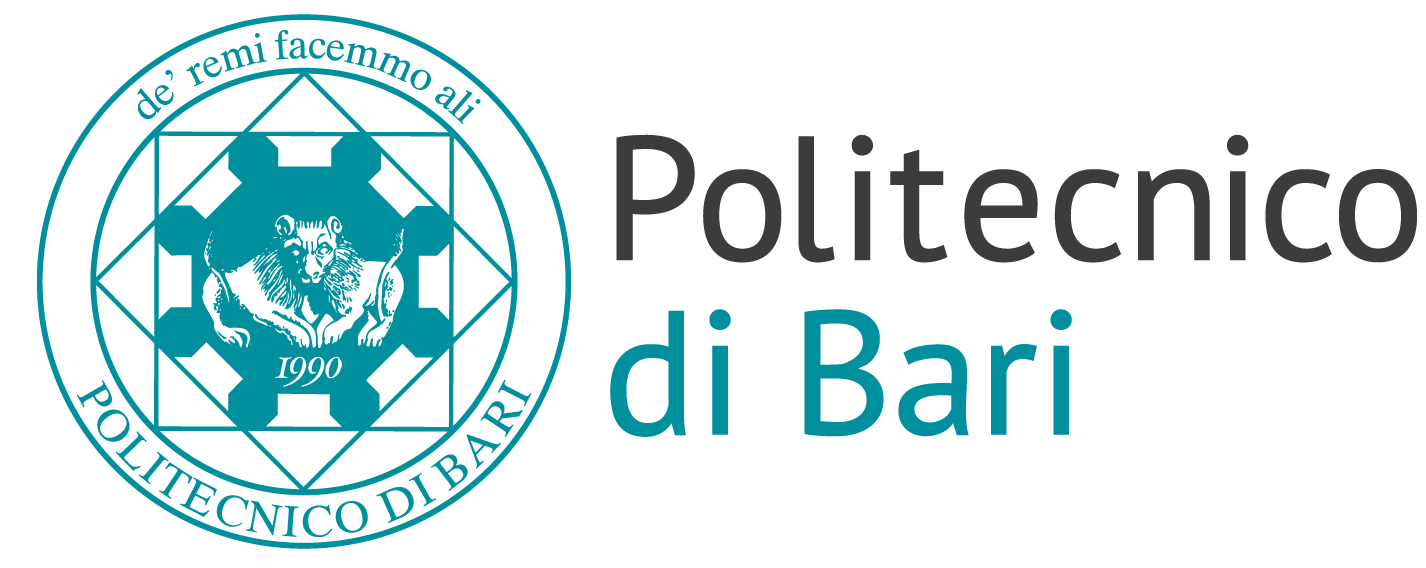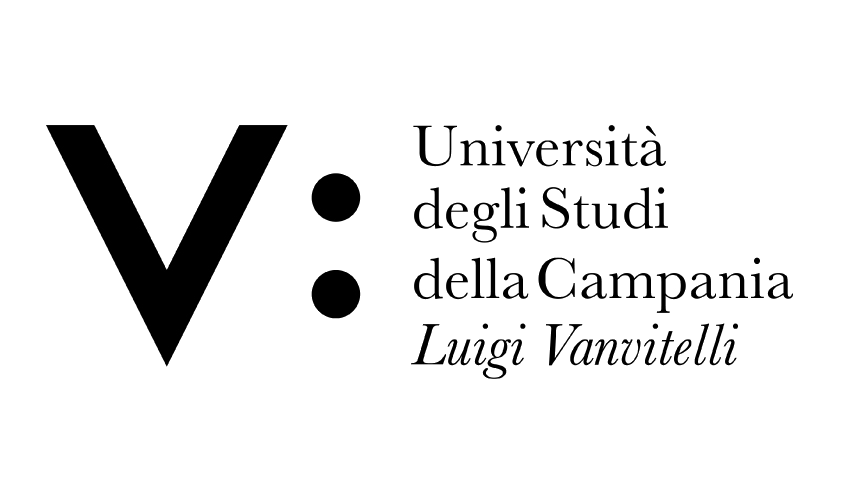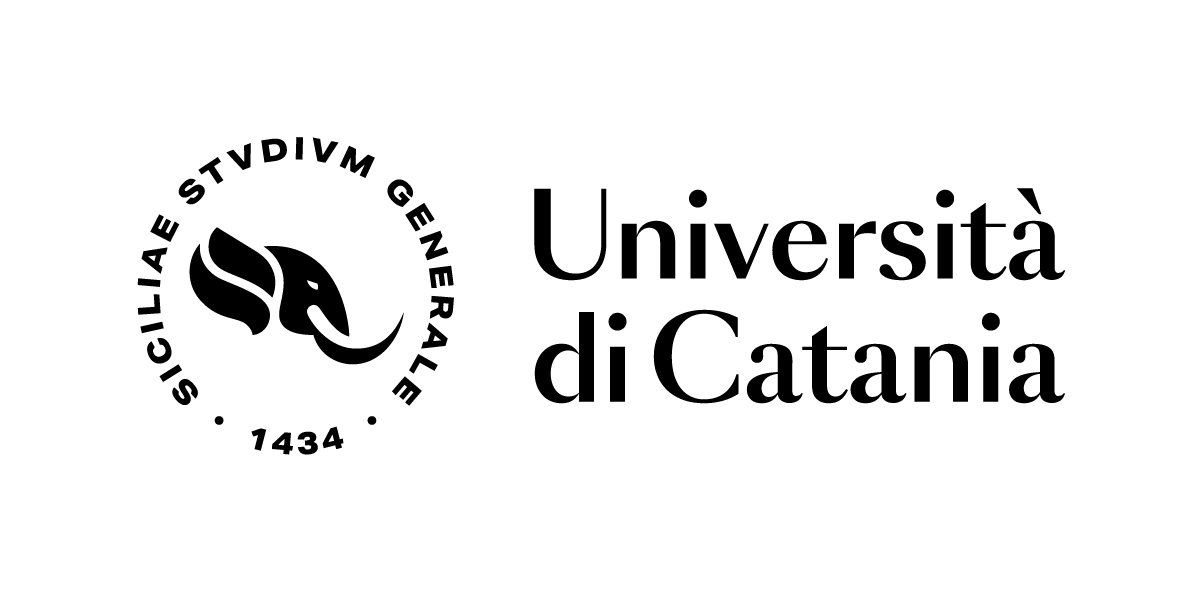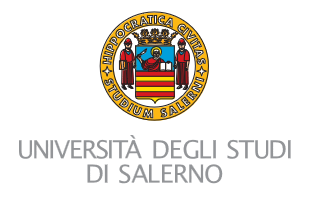On February 12, 2025, The KM3NeT Collaboration has announced the detection from the abyss of the Mediterranean Sea of a cosmic neutrino with a record-breaking energy of about 220 PeV.



KM3NeT4RR is going to be a unique highly advanced underwater observatory in the northern hemisphere that will complement the scientific activities of the IceCube detector by capturing neutrinos coming from the southern hemisphere.
neutrino astronomy
with an superior angular resolution, it will allow to identify the sources of cosmic neutrinos, as well as to measure the energy spectra and flavour composition of the fluxes;
marine sciences
large opportunities for sensor connection providing long-term, high-bandwidth, continuous data collection.
Moreover, these data can be correlated with the data from the neutrino detector itself, which can also monitor bioluminescent and bioacoustics activities and sea currents

Industry & Innovative technology
The project is part of a wider research project promoted by numerous European institutes and agencies participating in a consortium. It derives from a big network and it is also aimed to increase collaborations and open-innovation. Data processed through the underwater infrastructure and the on-shore processing center generate benefits for the scientific community using such data for numerous research purposes.

Enterprise culture
Policy makers, civil society and local communities have increasingly growing expectations on research infrastructures. It involves monitoring and measuring scientific, economic and social impacts of the KM3NeT4RR on the entire ecosystem as a whole. Focusing on value creation means defining a vision of the benefits to create for and with the stakeholders and working to reach such a vision.
About
A new observational window on the Universe
The project is expected to generate a wealth of scientific, economical and social effects. From a scientific point of view, the KM3NeT4RR data will allow opening a new observational window on the Universe, searching for answers to some of the most fundamental and yet unsolved astrophysical problems, such as the origin and the mechanisms of production of cosmic rays, the physical processes at the origin of the very powerful “gamma-ray bursts” or the nature of dark matter. A well-founded hypothesis connects dark matter to the existence of Weak Interacting Massive Particles predicted by some of the most advanced particle physics theories. The detection of anomalous neutrino fluxes emitted by gravitational attractors such as the Sun and the Galactic center would provide indirect evidence of this fundamental theory. The KM3NeT telescope allows the validation of this hypothesis, contributing to the solution of a challenging scientific problem.

Project work ….
With the aim to reinforce the existing infrastructure to reach the goal of having competitive scientific results in the field of astroparticle physics and multi-messenger astronomy the project has been organized in working packages (WPs). More Info
News & Events
-
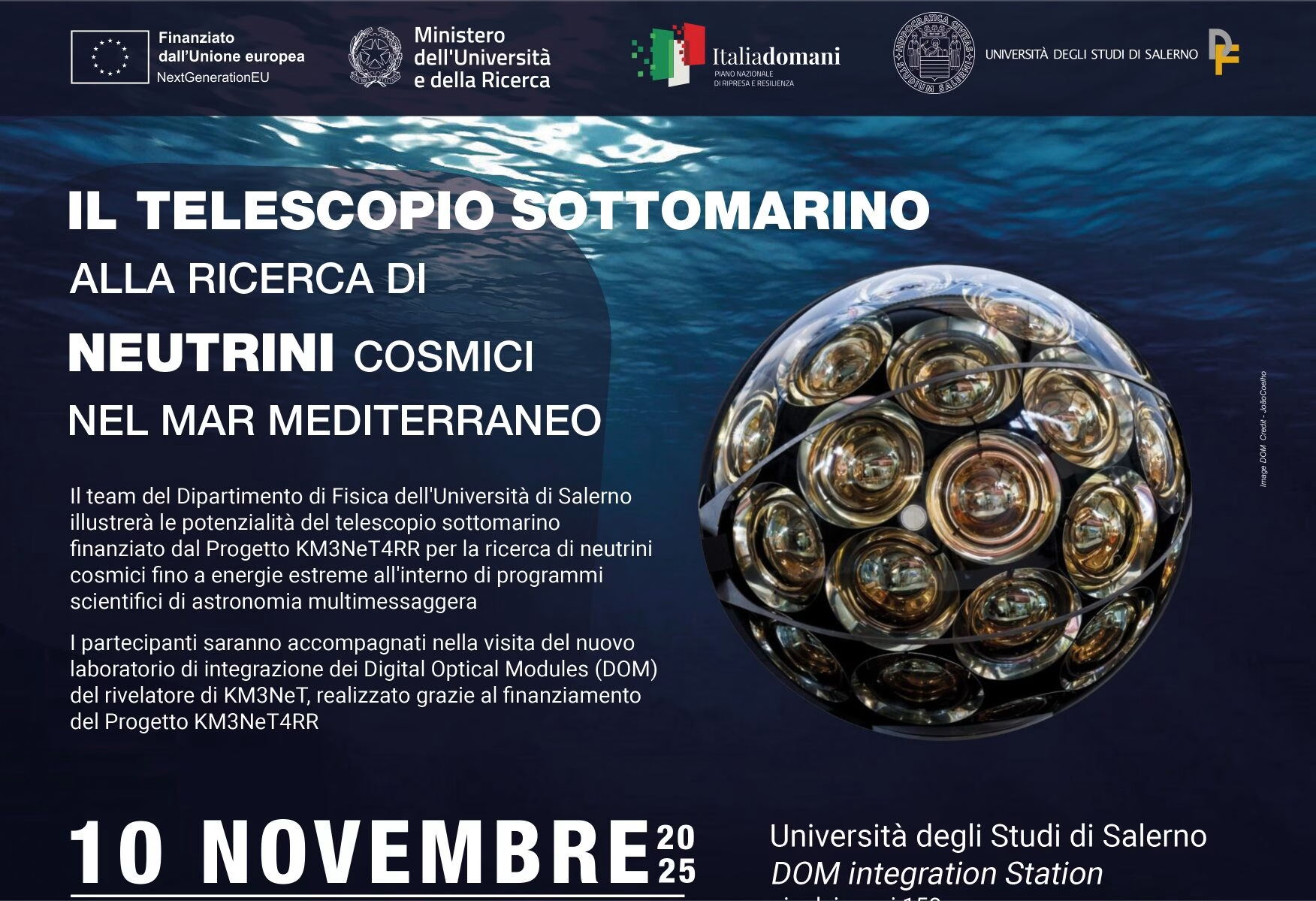
Inaugurate le nuove sale del laboratorio INTEGRA
Sono state inaugurate il 10 novembre 2025 le aree del laboratoro di integrazione, test, sviluppo e ricerca: Integration e Reasearch Area – INTEGRA presso l’Università degli Studi di Salerno, realizzate nell’ambito del Progetto KM3NeT4RR finanziato con fondi PNRR nell’ambito della Missione 4 coordinata dal MUR Ministero dell’Università e della Ricerca. Grazie ai fondi PNRR del…
-

Catania si candida a Capitale Italiana della Cultura 2028
Anche i progetti KM3NeT4RR, KM3Net e IDMAR hanno contribuito alla proposta per la candidatura di Catania Capitale della Cultura 2028 Il 26 Settembre 2025 il Comune di Catania ha avviato ufficialmente il percorso di candidatura a Capitale Italiana della Cultura 2028.Un percorso partecipativo che ha coinvolto decine di realtà culturali e scientifiche del territorio. Al…
-
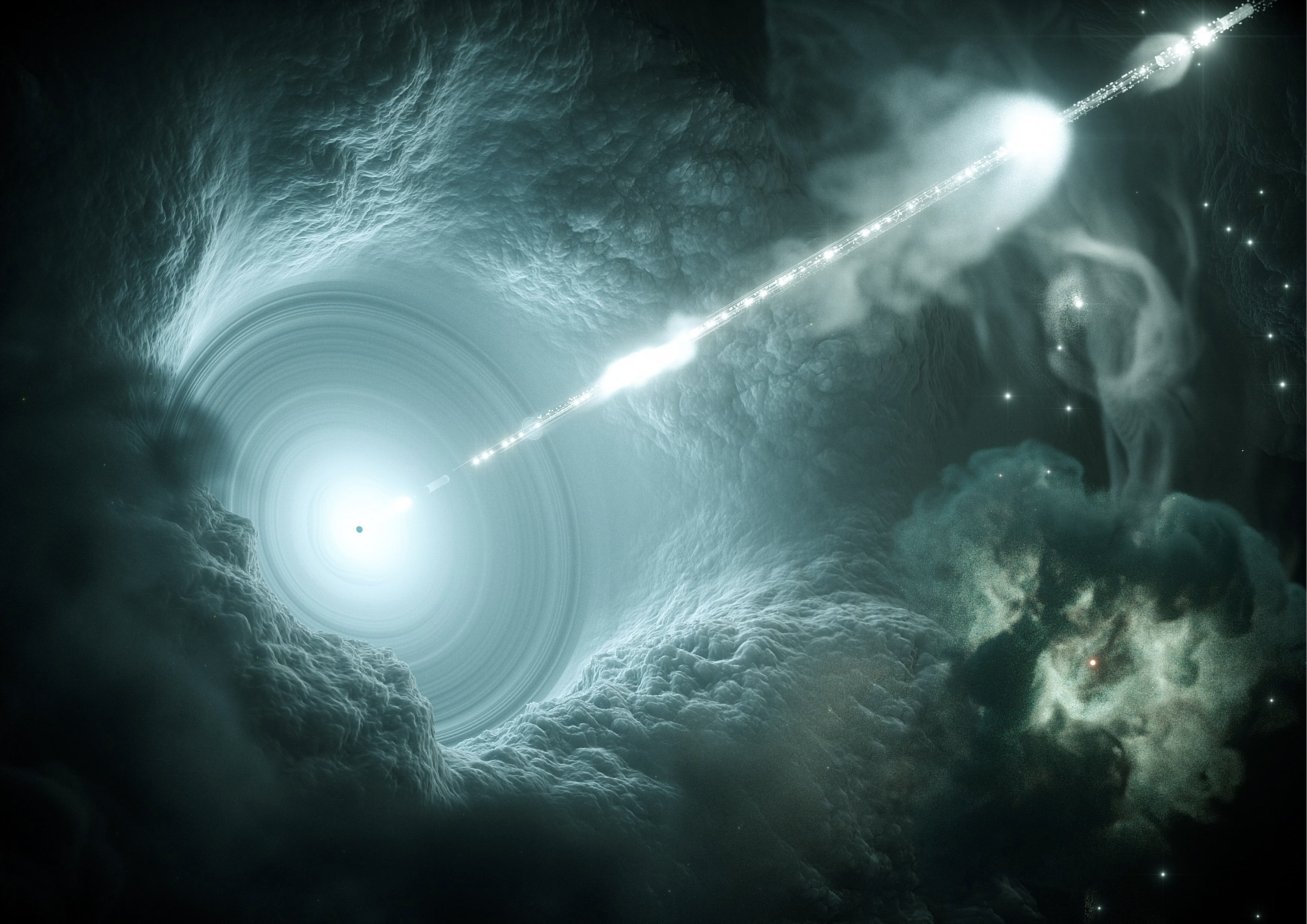
Neutrino da record del 2023 | pubblicati nuovi studi
Un nuovo studio, pubblicato sulla rivista Physical Review X, conferma che Km3-230213A, il neutrino con più energia mai rilevato, non era un errore statistico. Ma rimane il mistero sulla sua origine. “Potrebbe voler dire che stiamo osservando per la prima volta neutrini cosmogenici, prodotti dall’interazione dei raggi cosmici con la radiazione cosmica di fondo. Oppure…
A new way to study
Neutrinos, Abyss and innovative technology





